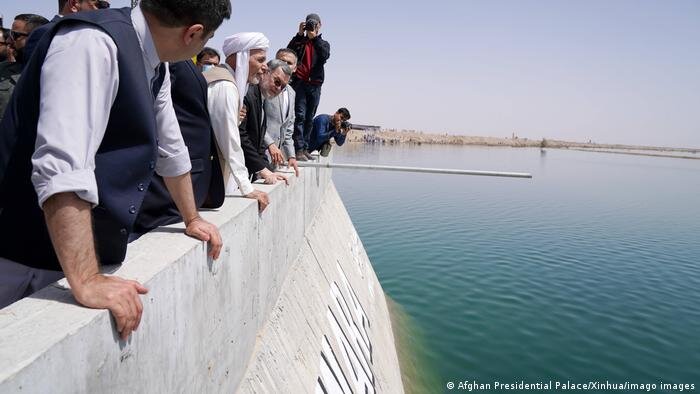Afghanistan releases Kamal Khan Dam water toward Iran

TEHRAN – Afghanistan has released water behind Kamal Khan Dam to flow and reach the southern province of Sistan-Baluchestan on Wednesday, YJC reported.
The construction of the Kamal Khan Dam has caused Hamoun Wetlands to dry up and generate sand and dust hotspots.
In the last two decades, once fertile wetlands have drastically dried up. The Taliban government closed the sluices to the Kajaki Dam on the Helmand until 2002, which aggravated the impact of the worst drought the region has experienced in many decades, brought about partially by climate change and warming temperatures.
According to the Atlantic Council (an American think tank in the field of international affairs) disputes over transboundary water between Iran and Afghanistan date back to the 1870s when Afghanistan was under British control.
Following Iran's consultations with Afghanistan during the visit of Taliban Acting Minister of Foreign Affairs Amir Khan Muttaqi to Tehran and the talks with Afghan government officials, it was decided to reopen the Kamal Khan Dam and release water to Iran.
According to the Helmand Treaty, Iran's share of the Helmand River water is equivalent to 820 million cubic meters per year and about 26 cubic meters per second, which of course varies in different months and seasons. As this river passes through the arid areas of the Sistan region, it is important for the southeastern part of the country in terms of drinking water supply, agriculture, and industry.
FB/MG
Leave a Comment